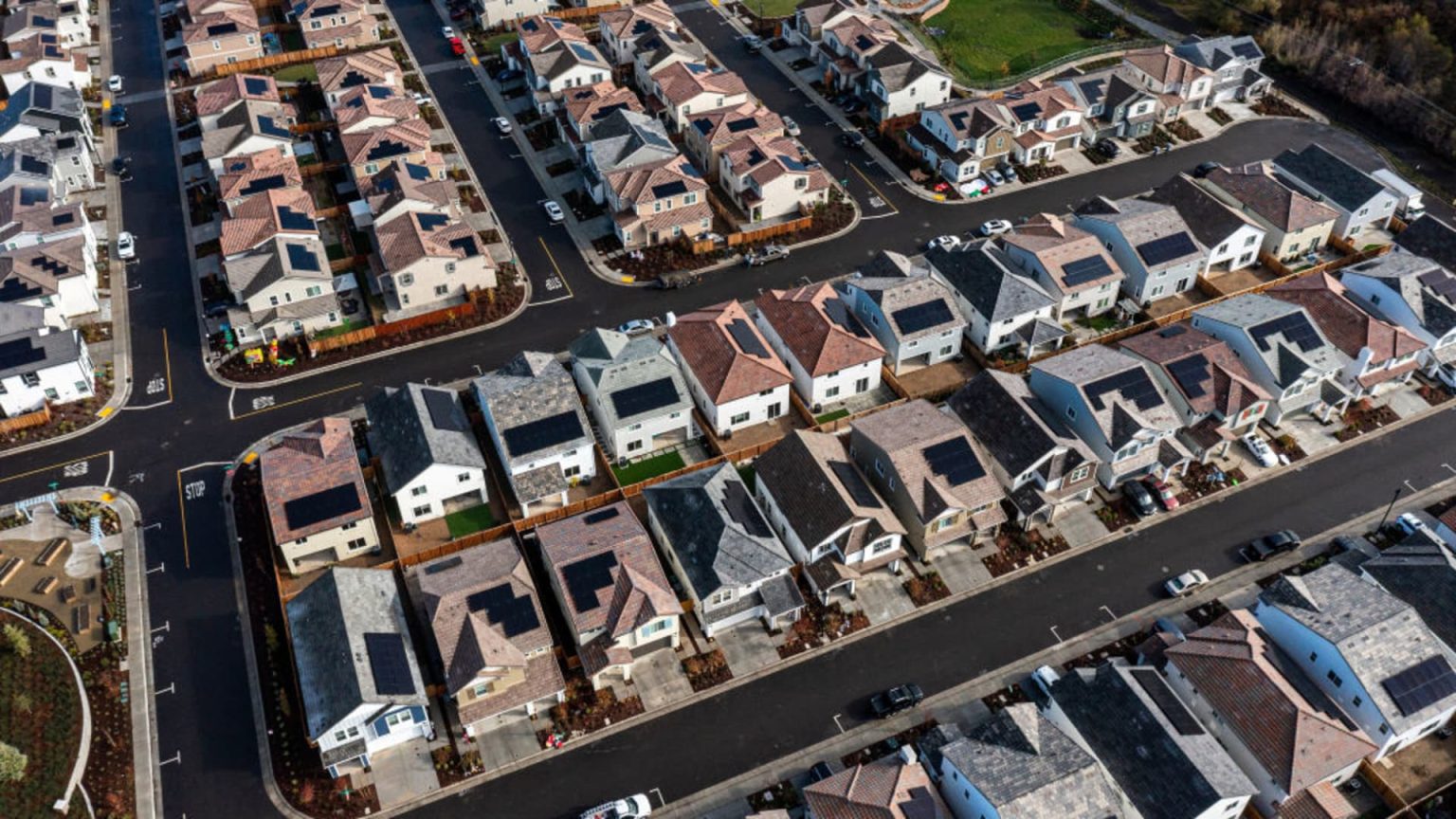The average rate on the popular 30-year fixed mortgage has risen to over 7%, reaching around 7.5% by April 1st, the highest level since mid-November of the previous year. Rates hit their highest level in a few decades last October, causing home sales to slow down. Builders tried to offset the high rates by buying them down for their customers, which was more successful than existing home sellers. Rates then dropped to the mid-6% range through mid-January, leading to a surge in home sales, but they started rising again in February.
A pick-up in inflation in mid-February reset expectations, putting mortgage rates back on an upward trend. Recent data and comments from Fed Chair Jerome Powell have only added to inflation concerns. Sales data in the coming months is likely to reflect the impact of the higher mortgage rates. Despite the higher rates, mortgage applications to purchase a home rose 5% last week compared to the previous week. However, demand was still 10% lower than the same week a year ago, even with rates now 70 basis points higher than they were a year ago.
Joel Kan, the chief economist for the Mortgage Bankers Association, mentioned that application activity picked up, possibly as some borrowers decided to act in case rates continue to rise. Affordability weakens further as supply on the market increases but remains historically low. This has caused homes to sell faster as competition intensifies. Those waiting for rates to drop significantly may have to wait a while longer. Bob Broeksmit, president and CEO of the MBA, stated that recent economic data shows a strong economy and job market, likely keeping mortgage rates at these elevated levels for the near future.
Despite the rise in mortgage rates, there was a 5% increase in mortgage applications to purchase a home compared to the previous week. However, demand was still 10% lower than the same week a year ago, even with rates now being 70 basis points higher than they were a year ago. Affordability continues to weaken as competition increases due to low historical levels of supply on the market. Homes are selling faster as buyers strive to secure a property. Anyone waiting for a significant drop in rates may have to wait longer as the strong economy and job market are expected to sustain elevated mortgage rates in the near future.
With the average rate on the popular 30-year fixed mortgage crossing over 7% in early April and now sitting around 7.5%, it marks the highest level since November of the previous year. Rates had hit their highest level in several decades last October, causing a slowdown in home sales. Builders tried to offset the high rates for their customers by buying them down, a strategy that was more successful than for existing home sellers. Rates then fell to the mid-6% range through mid-January, leading to a surge in home sales before rising again in February.
A rebound in inflation in mid-February reset expectations, putting mortgage rates back on an upward trajectory. Recent data and comments from Fed Chair Jerome Powell have reinforced inflation concerns, likely impacting sales data in the coming months. Despite the higher rates, mortgage applications for home purchases increased by 5% last week compared to the previous week. However, demand remains 10% lower than the same week a year ago, even with rates now 70 basis points higher than they were a year ago. Affordability is further strained as supply, while higher than a year ago, remains historically low, leading to quicker home sales amid heightened competition.


